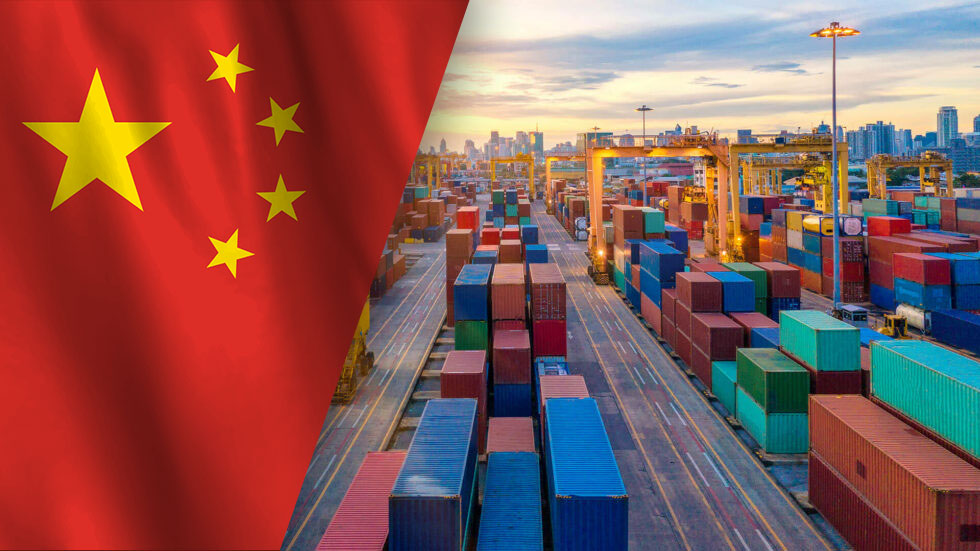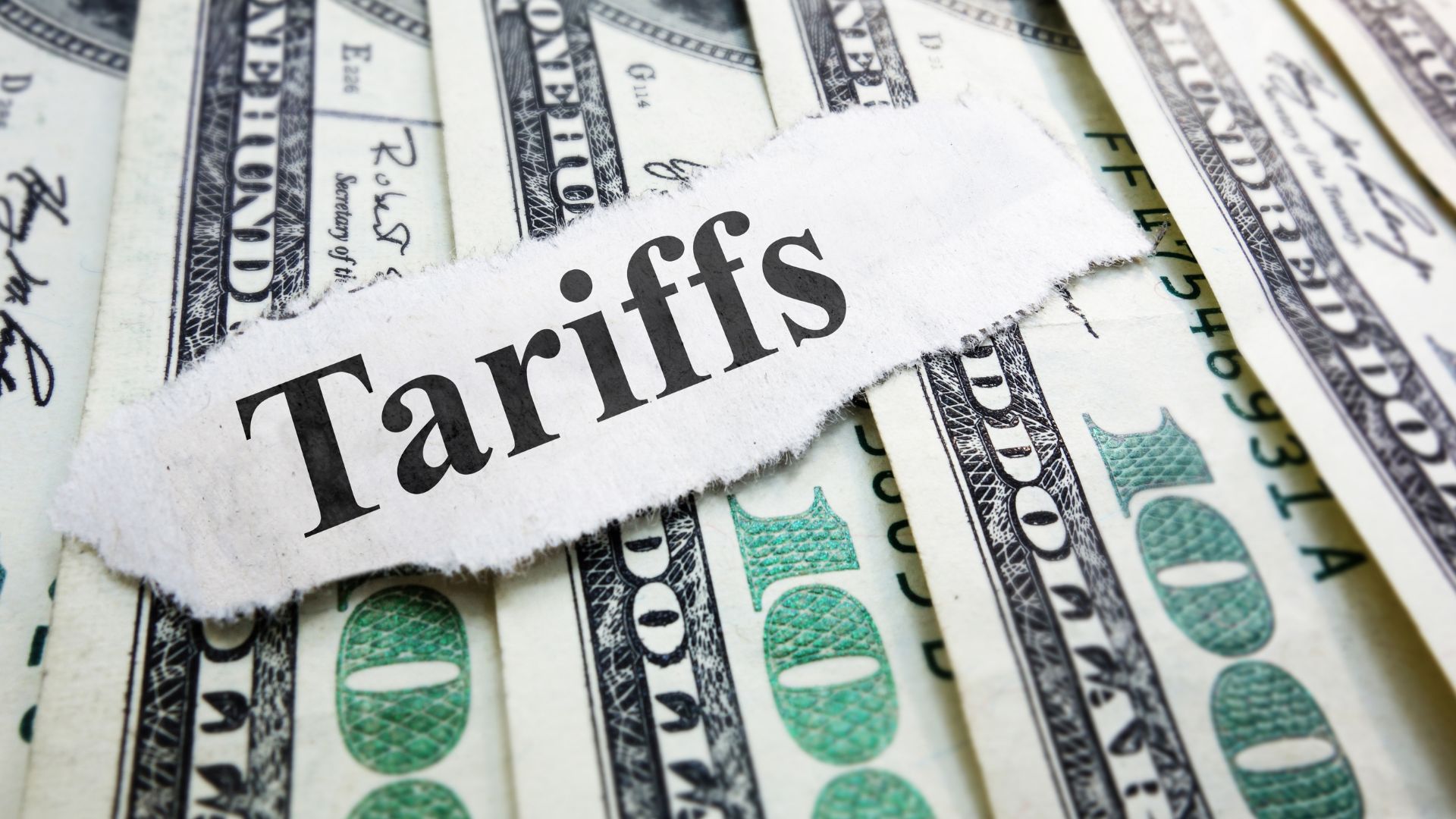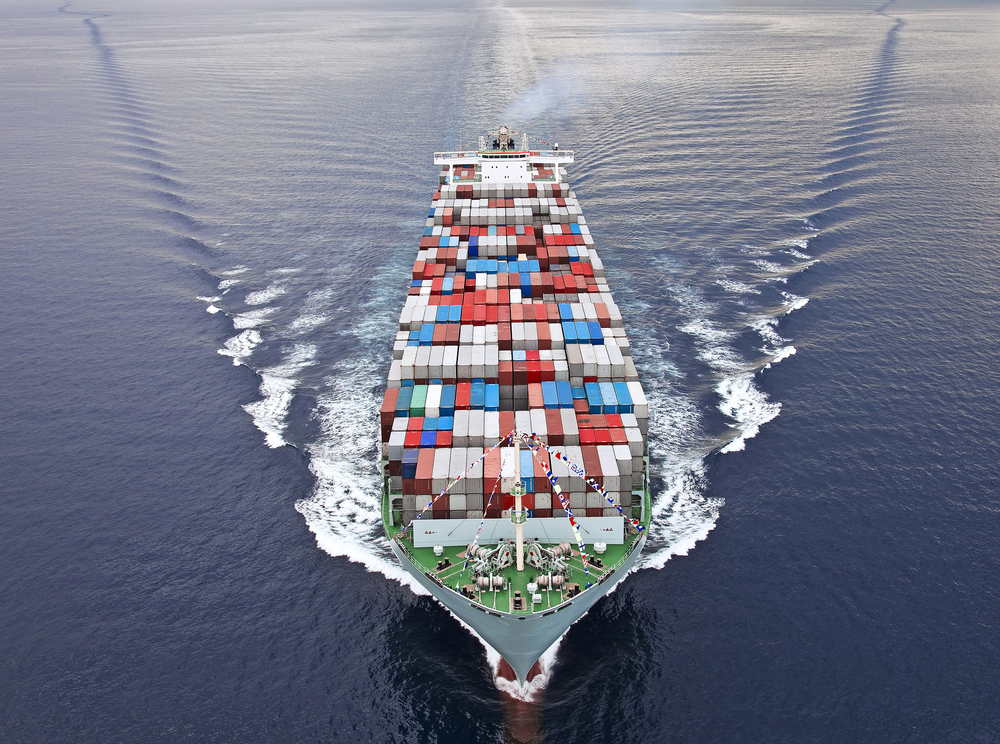When U.S. tariffs were levied in September on $200 billion worth of Chinese imports, some apparel companies saw the writing on the wall even if they wanted to erase it.
The 10 percent tariffs did not cover apparel or footwear, but it did include fabric and handbags along with a threat for more tariffs.
As the tit-for-tat trade war between the two biggest economies in the world, the US and China, continues to oscillate, US importers of Chinese made goods have become focused more than ever on overseeing imports, logistics, and duty classifications as they seek to insure they have the best possible positioning with respect to ever changing trade policy.
Internal Economic Dynamics
Labor costs have actually been rising in China for a number of years. Twenty years ago, clothing could be made and imported for 1/10th the cost of US production. Today some estimates place that at only 1/3. In addition to rising Chinese labor costs, the threat of even higher tariffs is putting raw materials such as U.S. cotton in particular, under the spotlight further contributing to upward price pressure. China’s reaction has been to develop alternate sources at an accelerated pace:
- Short-Term Measures
Chine will reduce imports of US cotton and replace it with cotton from Brazil, Australia, and India.
- Interim Measures
- China approved 800,000 metric tons of additional cotton import quotas for 2018, the first time it has allowed any extra quota in five years. This was in light of concerns about inventory running low (recent cotton output in China is at its lowest in two-decades – perhaps from the farmers’ reluctance to plant cotton when prices were low).
- India’s cotton shipments to China could grow fivefold; India had already signed rare advance deal contracts to ship 500,000 bales of their new season harvest to China.
- Long-Term Measures
China will seek to rely more on domestic cotton, with their traditional cotton fields likely to become the backup choice: the planting area could be expanded quickly and quality is improving though not on par with US cotton.
External Dynamics
There are those that are of the opinion that the US imposed tariffs will actually boost China’s international ambitions, accelerating the relocation of Chinese cotton-spinning operations to Southeast Asia. There are some good reasons for this:
- The tariff applies to goods made in So, if China can find alternative sources of production from factories in non–tariff countries, like Vietnam, Indonesia, and Bangladesh, they can produce the goods there, and then export into the US without having to pay the tariff. The Chinese company would still repatriate the profits back to China, however.
- China and Vietnam have started discussions to create manufacturing hubs on the Vietnamese side of the border, so that Chinese companies could register there, claim their products are “Made in Vietnam” and export to the US.
JM Rodgers, Helping Garment Importers Navigate the Trade War
For now, at least, it seems that Chinese manufacturers have ways to get around the added duties. But, with the threat of more tariffs – not to mention the proposed increase in the tariff rate from 10 percent to 25 percent – the future is uncertain. If there is no truce agreement reached, the brunt of the tariff increases will ultimately be passed on to the consumer. U.S. clothing brands will need expert help in the area’s of goods classification, sourcing, and/or logistics to keep from falling victim to excess import fees and long delays in arrival of finished goods
The experience and comprehensive services of a highly skilled partner like J.M. Rodgers Co., Inc. can help garment companies navigate this territory with great competence and a leading industry value proposition. Despite our large global reach we maintain the focus and intimacy of a family-owned customs brokerage. For more information on how we can assist you, give us a call today at
Note: At the time of writing US President Donald Trump and Chinese President Xi Jinping have agreed to a trade truce in which the planned increases in tariffs were postponed for 90 days. Details of the trade agreement, including what concessions China made, were not immediately available.





